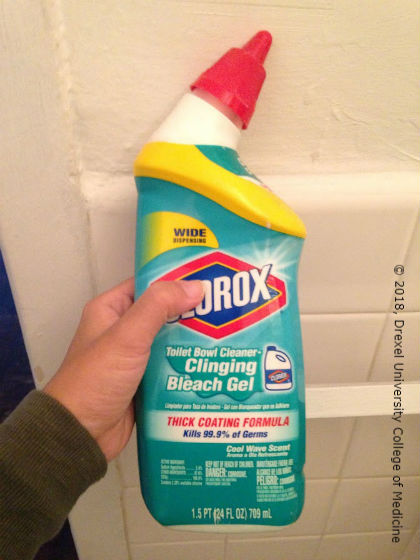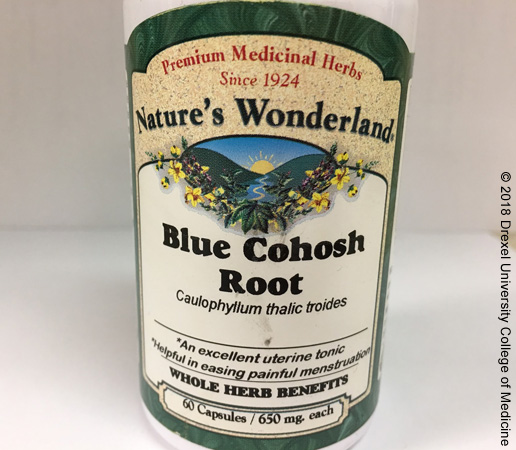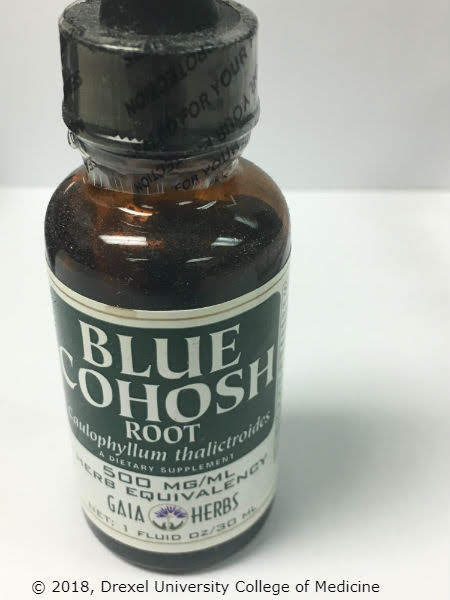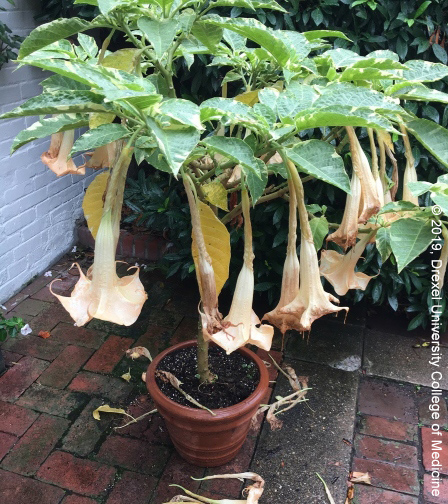
Oral sodium bicarbonate would be given to horses before races to delay the fatigue precipitated by acidosis and therefore enhancing performance. In humans, vomiting and diarrhea are common as the body tries to correct the high sodium concentration by pulling water into the digestive tract. Patients can experience symptoms of hypernatremia (seizures, dehydration, kidney failure) as well as metabolic alkalosis (respiratory depression). Image courtesy of Mostafa Sheshtawy. https://www.flickr.com/photos/msheshtawy/.
Back to Top


Sodium hypochlorite is the active component in bleach cleaning products. Most household bleach products contain a low concentration of the alkali hypochlorite (< 5%) and the toxicity of ingestion is limited, unless intentional. Hypochlorite will produce an irritant effect on the mucous membranes and gastrointestinal tract. Higher concentrations of hypochlorite, utilized in industrial products, will produce caustic injuries including necrosis and erosion through the gastrointestinal tract.
Back to Top


Blue Cohosh (Caulophyllum thalictroides): Also known as squaw root, papoose root, or blue ginseng, this is utilized as a abortifacient or antispasmodic and also used for dysmenorrhea. The active ingredient is N-methylcytisine, a compound with nicotinic properties. Toxic effects from this compound present as nicotinic toxicity (tachycardia, elevated blood pressure, nausea, vomiting, abdominal pain).
Back to Top

Eyelash viper of the family Viperidae is a species with a wide distribution in Latin America, however, there are few reports of injuries in humans by bites of this snake, whose clinical picture is mainly characterized by edema and other inflammatory events at the site of the bite.
Back to Top

Commonly used ornamental flowers that contain anticholinergic alkaloids. The anticholinergic syndrome is characterized by warm, dry, flushed skin; dry mouth; mydriasis; delirium; tachycardia; ileus; and urinary retention. Jerky myoclonic movements and choreoathetosis are common and may lead to rhabdomyolysis. Hyperthermia, coma and respiratory arrest may occur.
Back to Top

In 1978, the KGB used an umbrella, modified to a weapon capable to firing tiny ricin-filled pellets filled with poison to assassinate Georgi Markov in the streets of London.
Back to Top

1,4-butanediol has been utilized as a substitute for GHB in dietary supplements. It exists naturally in the brain and exerts its effects when converted to GHB by alcohol dehydrogenase. These effects include euphoria, amnesia, drowsiness, and can progress to coma.
Back to Top